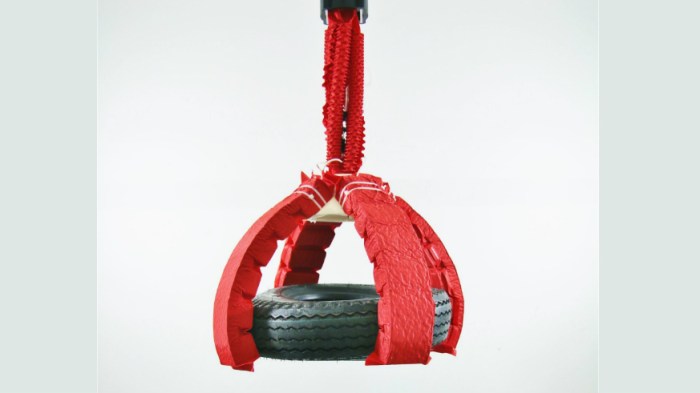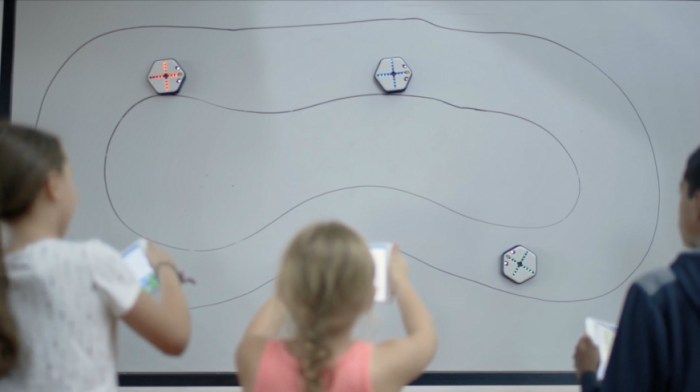After a natural disaster, like the recent hurricanes that ravaged the Caribbean or the back-to-back earthquakes that devastated Mexico, search-and-rescue teams need to navigate dangerous conditions to try to survey the damage and find survivors.
But what if robots could go in their place, slipping easily through the dangerous rubble to collect information and images? The rescue teams could stay safely away from any further building collapses or potentially toxic conditions.
That’s the hope of Jie Fu and Cagdas Onal, two researchers at the Worcester Polytechnic Institute in who are developing a robot to support search and rescue teams.
Though many rescue robots have been developed over the years — and were used in disaster relief efforts as far back as 9/11 — Fu and Onal have a different vision for theirs that strays from the clunky, box-like, “hard” robots.
Theirs is a snake-like, soft robot that they say can help rescue teams stay safe while also being more effective in their efforts.
“The problem [with other robots] is that since their lengths are rigid, if they want to go into tight corners, or maze-like passage or squeeze through a hole, the rigid body will not reform, it will jam itself in these conditions — the same conditions we get in search-and-rescue efforts,” Onal said, “On the other hand, with soft [robotic] bodies, you can negotiate tight passageways much better.”
Onal and Fu recently received a three-year, $400,00 award from the National Science Foundation to create their autonomous, snake-like robots.
Along with the “soft” body (made of silicone rubber, which protects the internal electronics), that reptilian comparison is a crucial and unique part of their design. The researchers were inspired by how snakes move and control their bodies.
They’re working on programming these robots to raise their “head” while moving forward to get a better view of the environments they’re exploring.
“If you look at biological snakes, they do raise their heads and keep it almost at a stationary pause, so they get a better view, and an unshaken view, of their environment, even though their body is rotating like crazy,” Onal said.
Programming in such three-dimensional capabilities will also allow the robot to go up stairs or through a hole to take measurements and pictures, and they’re developing algorithms so the autonomous intelligence can make its own decisions about how and when to best move around.
Fu and Onal hope to start working directly with rescue teams as part of the three-year award once their technology is a bit further along, but even aside from that application, they think what they’re developing with this soft robot will set the stage for safer robot-human interactions of the future.
“This soft robotics side is a little broader than the snake robot. Having some mechanical and physical elasticity in the body of robot makes them much more safer in human environments,” Onal said. “Regardless of the one application of a search-and-rescue snake robot, soft robotics, in general, are more friendly, they actually behave similarly to the human body, they’re weaker than rigid robots so they’re not able to hurt you … They can work in collaboration with workers, a manufacturing environment and many other things where humans are present.”

























